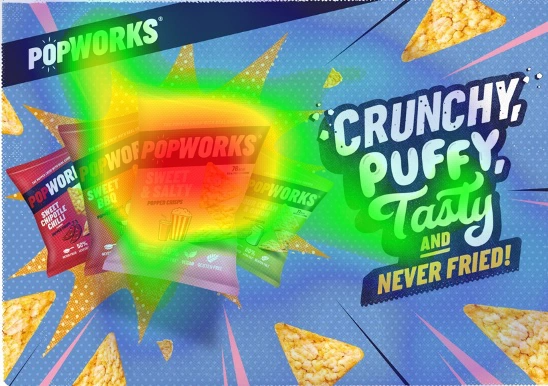Using OOH to target young TV audiences
The recent Ofcom report into the UK TV market highlighted a number of stark realities for the medium; not least the well-known fragmentation of viewing that affects 16-34 year olds and the scale of challenge broadcasters face from numerous streaming services.
As ITV announce a second annual series of the popular Love Island, we learnt from the report that another 14 Love Islands would be required to make up the drop in traditional TV viewing. Ofcom’s report shows that the amount of traditional TV watched by 16-24s has halved since 2010 from 169 mins to 85 mins a day; the decline among 25-34s was 39% from over three hours to under two.
For media planners, this means a shortfall in TV impacts necessary for ads to work properly, and high TV inflation when broadcast supply fails to meet advertiser demand. The average 16-34-year-old views an hour of YouTube per day on a device other than a TV set, mostly watches non-broadcast content and we’re seeing the impact of smart speakers on household TV viewing time.
This impacts delivery (not necessarily reach) for younger audiences and is a tangible problem. A solution for advertisers is to refocus spend on mediums which continue to maintain reach in declining yet valuable audiences and support existing TV campaigns.
There is a very clear opportunity for OOH as a key support medium for broadcast delivery, with 70% of light TV viewers heavily exposed to OOH, rising to 82% for 16-34s. The broadcast characteristics and fast build of reach, enables complementary messaging to land with key audiences. Layer on Digital OOH – which 16-34s are 18% more likely to see and now reaches around 70% of UK audiences per week – and it gives you a clear demonstration of why OOH is a natural companion to target a young TV audience.
Full motion DOOH has opened up a fully complementary 4th Space for brands looking to use video advertising to connect with consumers (+23% brand effectiveness when FMDOOH is added to a social plan). Again, showing the power of Out of Home supporting video messages.
Strong heritage as a support medium
The IPA’s ROI data shows the value of cross-channel usage, particularly as a more effective driver of reach and for multiple message impact that drive activation.
Of course, TV brands themselves are using OOH to reach light viewers. ITV’s published strategy identified an audience of 15 million light viewers who like “quality output” and come to ITV about twice a week, but “watch less ITV and a little bit more of everything else”. A firm understanding of the target audience and using more persuasive contextual targeting by time of day has become the norm, using afternoon drive-time radio, regular slots on Digital OOH screens in major cities and commuter channels to nudge people to watch later in the day.
Furthermore, OOH is delivering emotional benefits, having doubled in effectiveness in the last five years – according to the IPA. This is also shown in Ocean Outdoor’s four-part neuroscience research which highlights the amplification power of iconic Digital OOH formats. TV delivers, but so does OOH, digital OOH and the combination of media formats.



The expanding digital footprint of OOH and the medium’s heritage broadcast credentials will add 12-25% of reach (at different total budget levels) to TV campaigns targeting 16-34s.
We all need to adapt to consumer behaviour change. OOH’s digital renaissance and lasting reach capabilities can transform media planning challenges for younger audiences, whilst benefitting from contextual, proximity and multi-media marketing.


